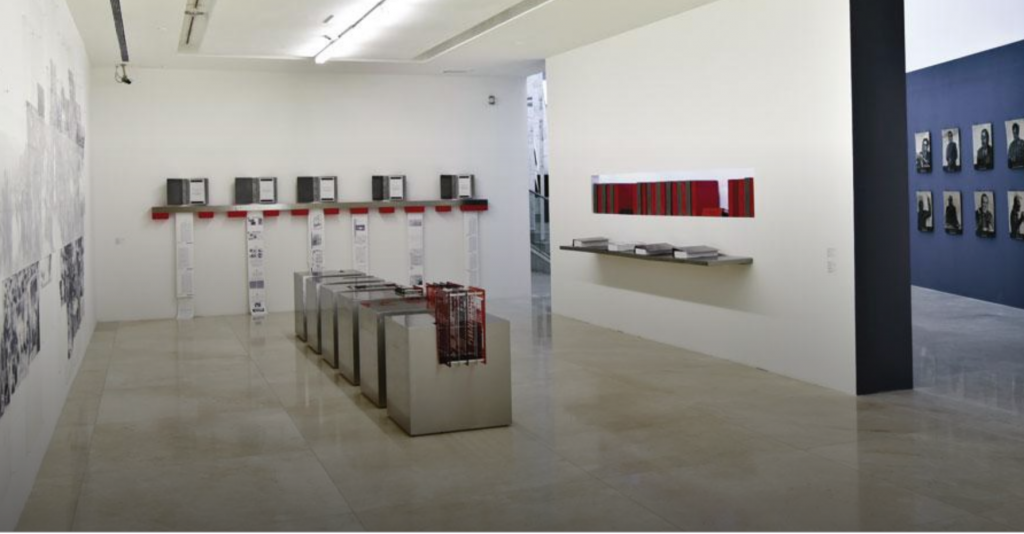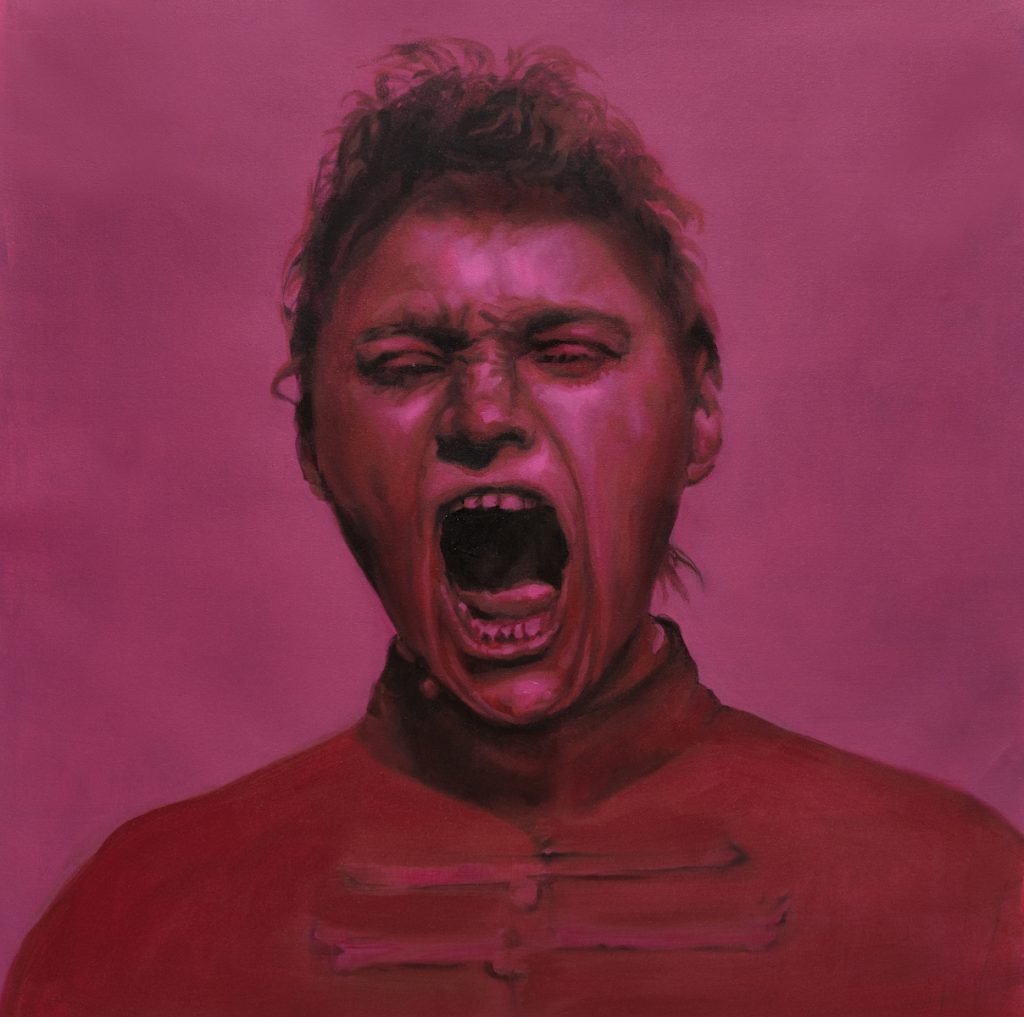Changing History: Chile at the Venice Biennale 2019
Amidst the turbulence presented at the 58th Venice Biennale, Chile’s pavilion is a fitting (anti)monument to the hegemonic power structures that have distorted the historical canon. Much in line with Ralph Rugoff’s questioning of truth in his centrepiece show, Altered Views, curated by the Spanish Agustín Pérez Rubio, presents Chilean artist Voluspa Jarpa’s three-part exploration and destabilisation of the Eurocentric canon. A meticulously executed research project, Jarpa tackles the thorny space of the archive in an attempt to question historical perception, so often focused on the European, heterosexual, male experience.

More broadly speaking, critical re-assessments of colonialism’s global heritage have increasingly informed the visual arts since its first breakthrough in academic circles in the 1990s, contemporaneous to Jarpa’s own beginnings as an artist. Altered Views is one of the more methodical and well-researched undertakings of this magnanimous task.
A departure from Chile’s 2017 entry, that featured 1500 masks made by 40 artisans of the country’s indigenous group, the Mapuche, this year, viewers are confronted with a text-heavy installation of six key moments, preserved in the Hegemonic Museum. Jarpa cross-references of case studies from the 17th to 20th century Europe that are intended to demonstrate the ‘hegemonic psyche’ that still runs through understandings of categories like race, class and gender today. But is it successful? Its choice to focus on moments in European history whilst claiming to destabilise the canon is potentially misleading.

However, the second section, The Subaltern Portraits Gallery, effectively counters the first, exhibiting monumental oil portraits of the obscured and forgotten in history, reflecting figures in the same six moments that were found in the Hegemonic Museum. Jarpa re-paints images from archives, in recognition of their role in maintaining hegemonic sources of knowledge that sought to categorise and relegate the “Other” to the backwaters of history. The final section acts as a response to the history revealed in the first – referencing the cultural history of Venice itself. Entitled The Emancipating Opera, Jarpa stages the performance, filmed in the Andes, over four centuries after the first operatic performance in 1637 in Venice. It notably features Daniela Vega, a Chilean trans singer and actress, literally vocalising the voices of the “other”.

This restaging and foregrounding of voices who have not been heard is a key motivation for both the artist and curator – until recently, Rubio was the Artistic Director at MALBA Museum of Buenos Aires, where he spearheaded the diversification of the museum’s permanent collection from only 17% female artists represented to over 48%. This is also not Jarpa’s first tussle with such painful histories. She recently had a significant solo exhibition at the University of Chile titled ‘Cuerpo politico: archivos públicos y secretos’, as well as participating in the 12th Shanghai Biennial, and featuring in an important survey of historical artistic resistance in Latin America held at the Migros Museum, Zurich in 2016.
Jarpa and Rubio’s project is undoubtedly an important one in the current state of public memory, where the past is commonly invoked but also easily forgotten. A valiant effort to alter hegemonic views, if taken up critically by viewers, has the potentially powerful effect to destabilise dominant practices, leaving us questioning the sources of our knowledge as well as empowering those who have been historically obscured.

